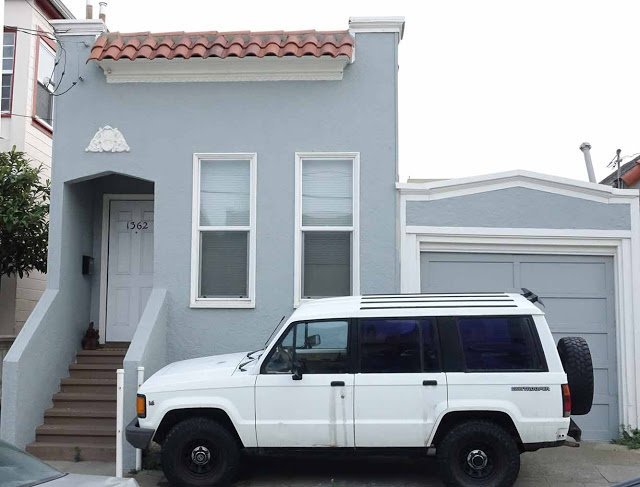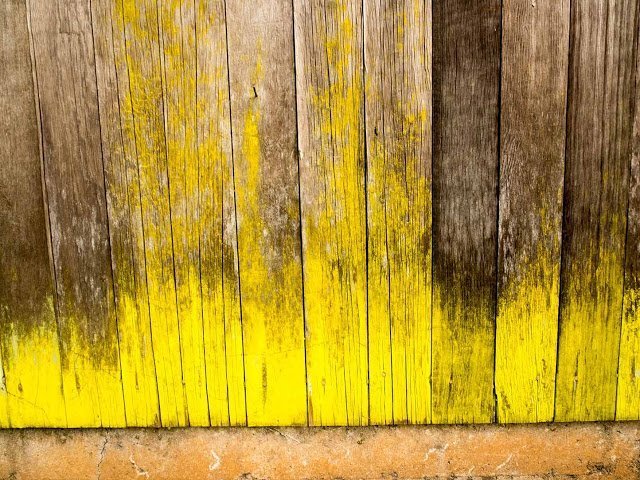Hey Lloyd, hope you are well and working hard at it on your next project!
My name is Pete Robey and my wife Blythe and I live in Tasmania. The little island attached to the bottom of Australia.
Thought I would share with you that our house is the first approved cordwood home in Australia.
It is currently featured in Australia’s Owner Builder magazine.
You can get a link here at the bottom of the page:
https://www.thehousethatworkedout.com
I bought your 3 books: Shelter, Builders of the Pacific Coast, and Homework early on before we had even confirmed style.
The Baird House from page 28-31 of Builders of the Pacific Coast just grabbed me. Thanks Mike Baird and to you too Lloyd (House) for this inspiration.
 We designed our home with the same ideal: every room and every area of the home can pretty much engage with every other area of the home. The village TeePee idea.
We designed our home with the same ideal: every room and every area of the home can pretty much engage with every other area of the home. The village TeePee idea.
We have a massive 4ft diameter, 20 ft long tree holding up the earth roof and our 2nd story doesn’t go all the way to the middle so we have plenty of space.
We don’t have stairs, preferring to use a gym rope as exercise to get to the 2nd floor.
Catch you later.
Pete
We’ve had (drywood) termite problems on and off for years. Since there’s no way I’m going to have the house tented and permeated with Vikane gas,* I would periodically get the bug guys to do the microwave treatment. It cost $2,000 initially, then about $500 per year for future treatment when needed.(I believe orange oil is also used these days for people leery of insecticides.)
 A few years ago, I decided to try Greenbug spray, which is (said to be) made of cedar and natural ingredients. I’ve been spraying this stuff on the wood where I see termite frass (pellets) and to my amazement, there are no more pellets. I say “amazing” because this is topical treatment and it doesn’t seem it would get into the wood where termites live. (All of our termites are in ceilings.)
A few years ago, I decided to try Greenbug spray, which is (said to be) made of cedar and natural ingredients. I’ve been spraying this stuff on the wood where I see termite frass (pellets) and to my amazement, there are no more pellets. I say “amazing” because this is topical treatment and it doesn’t seem it would get into the wood where termites live. (All of our termites are in ceilings.)
The stuff smells great, like cedar oil, and I am just now buying a 2nd gallon (about $60). I pour it into squeeze/pump bottles (like Windex bottles) and spray until it drips a little (it’s water-soluble). Haven’t had the bug guys out for many years.
Greenbug is one of the few products in the world not sold by Amazon.
https://shop.greenbugallnatural.com/Greenbug-Ready-to-Use-one-gallon-GRTU128.htm
*First, Vikane is made by Dow — red alert. And, if it can penetrate into the wood and kill termites, I am suspicious of residual effect.
 I’ve often found that homes that appear quite simple on the outside are lovely inside. Also that in my experience, men tend to think of how a building looks on the exterior, whereas women tend to judge a home by the interior space and the life that can be conducted within. That’s an observation from decades of observing both men and women and their ideas of what makes for a desirable home.
I’ve often found that homes that appear quite simple on the outside are lovely inside. Also that in my experience, men tend to think of how a building looks on the exterior, whereas women tend to judge a home by the interior space and the life that can be conducted within. That’s an observation from decades of observing both men and women and their ideas of what makes for a desirable home.
 Shot out by the beach last week.
Shot out by the beach last week.
Shipping containers (and this is merely my opinion), along with A-Frames, Earthships, underground housing, and narrow tiny homes with sleeping lofts reached by vertical ladder — make for lousy housing. Here’s the case against the former, demonstrable evidence that many (maybe most) architects have their heads up their asses:
“…It’s not hard to see the appeal. Shipping containers look exactly like building blocks, which is the primary medium (other than dirt) that most architects started working with. You can buy used ones for about $1,600 a pop, which seems like a steal for housing. Doing that also feels very environmentally conscious, because you’re taking something that already exists and reusing it for a different purpose. For these reasons, architects in particular are drawn to the idea of using shipping containers as housing for poor people — as is the case with this plan for a skyscraper made of them, which just won a design competition for low-income housing in Mumbai.
There’s just one problem: Shipping containers turn out to be a uniquely poor building block for human shelter. Mark Hogan, a San Francisco architect who has worked with shipping containers in the past, just wrote a succinct manifesto about why you should really, really not use shipping containers for housing.
For one thing: A building made of corrugated steel is going to be a miserable residence, especially in a place as hot as Mumbai. You could add insulation and a ventilation system — but that would make a box that already has awkwardly low ceilings even smaller. You could add windows — but that would require cutting through steel walls, which takes specialized equipment, and a contractor who knows how to use that equipment.…”
https://grist.org/cities/dear-architects-stop-trying-to-make-shipping-container-buildings-happen/
https://markasaurus.com/2015/09/01/whats-wrong-with-shipping-container-housing-everything/
Sent in by John Michael Linck
 Shot this January.
Shot this January.
Art by mother nature and age.
 “HACIENDA JA JA
“HACIENDA JA JA
Alamo Heights, TX
Nestled beneath the canopy of the live oaks, the home is a natural partner with its neighbors in scale, with porches allowing its residents to easily engage with activity on the street.
Carefully sited to preserve and to protect the live oaks, to promote cross-ventilation and to maximize natural daylighting, the home is also designed to avoid solar thermal gain during the summer and capture passive solar heating during the winter. Rainwater is collected from the roofs and stored in a below-ground tank; during most of the year, captured rain water will supplant domestic water for all landscape irrigation needs.”
https://www.lakeflato.com/projects/homes.asp
Suggested by Michael Gaspers
 Nicely designed old home. Note the way the plane of the roof extends to form the porch roof. A stairway led to two upstairs bedrooms. There was a brick fireplace.
Nicely designed old home. Note the way the plane of the roof extends to form the porch roof. A stairway led to two upstairs bedrooms. There was a brick fireplace.
When I go inside places like this, I can feel the lives that were lived within.
Old homes designed like this show the cluelessness of almost all homes designed these days by architects.
 We designed our home with the same ideal: every room and every area of the home can pretty much engage with every other area of the home. The village TeePee idea.
We designed our home with the same ideal: every room and every area of the home can pretty much engage with every other area of the home. The village TeePee idea.









